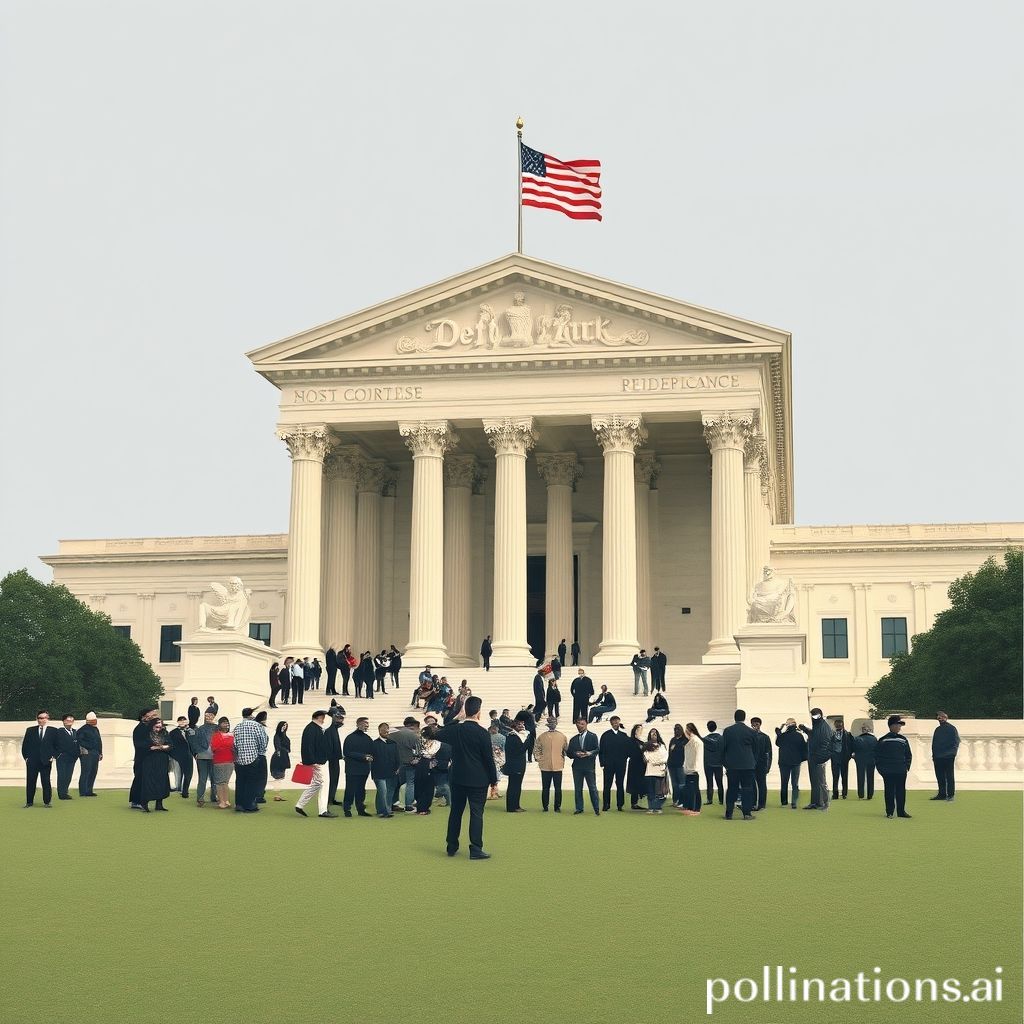
The Supreme Court gave Trump a permission slip for mass deportation
Hey there, welcome to the blog. Today, we're diving into a very complex and consequential Supreme Court decision that's been making headlines: the ruling regarding deportations and its potential impact. It's a decision many see as significantly altering the landscape of immigration enforcement in the United States. Let's break it down.
Understanding the Context: What Was the Case About?
The case, Department of Homeland Security v. Texas, revolved around a challenge to the Biden administration's guidelines for prioritizing which undocumented immigrants should be subject to deportation. Texas and Louisiana argued that these guidelines were too lenient and violated federal law, specifically by not detaining enough people. The states contended that the prioritization policies led to increased costs for them, particularly in areas like education and healthcare, due to the continued presence of undocumented immigrants within their borders.
The Supreme Court's Decision: A Green Light for Enforcement?
In a sharply divided 5-4 decision, the Supreme Court sided with the federal government, effectively allowing the Biden administration to set its own enforcement priorities. However, the implications of the ruling are far broader than simply upholding the current administration's policies. Many interpret the decision as giving significant leeway to the executive branch in determining how immigration laws are enforced. This naturally raises concerns about how a future administration, with potentially very different views on immigration, might utilize this power.
What Does This Mean for Mass Deportation?
The key concern arising from this ruling is the potential for future administrations to implement widespread deportation policies. If the executive branch has broad discretion in setting enforcement priorities, a future president could theoretically direct immigration authorities to target a much wider range of undocumented immigrants for deportation, regardless of their ties to the community, their work history, or other mitigating factors.
Consider this comparison:
| Feature | Previous Landscape | Potential Future Landscape |
||||
| Enforcement Focus | Prioritized based on criminal history, etc. | Broad targeting of undocumented immigrants possible |
| Discretion | Some, but subject to legal challenges | Significantly expanded executive discretion |
| Deportation Rates | Relatively controlled | Potential for dramatic increases |
| Community Impact | Localized disruption | Widespread community destabilization |
Breaking Down the Legal Arguments: Standing and Executive Power
A crucial aspect of the case centered on the legal concept of "standing." This refers to whether the states even had the right to bring the lawsuit in the first place. The Supreme Court has generally held that plaintiffs must demonstrate a direct and concrete injury in order to have standing. While the court ultimately sided with the federal government, the debate over standing highlights the complexities of immigration law and the challenges in holding the executive branch accountable.
Furthermore, the decision underscores the ongoing tension between the executive branch's authority over immigration enforcement and the role of the judiciary in ensuring that such enforcement adheres to the law and protects individual rights. The ruling arguably tips the scales further in favor of executive power, raising concerns about potential abuses.
The Dissenting Voices: Concerns and Warnings
The dissenting justices voiced strong concerns about the implications of the decision. They argued that the ruling effectively allows the executive branch to circumvent established immigration laws and potentially engage in discriminatory enforcement practices. They warned that this could lead to a system where immigration laws are applied arbitrarily and unfairly, with devastating consequences for individuals and communities.
What Now? The Road Ahead
The Supreme Court's decision in Department of Homeland Security v. Texas has undoubtedly reshaped the landscape of immigration enforcement. It remains to be seen how future administrations will utilize this newly affirmed power.
Looking Ahead: Monitoring and Advocacy
Moving forward, it's crucial to remain informed and engaged in the ongoing debate surrounding immigration policy. This decision highlights the importance of advocating for fair and just immigration laws, and of holding elected officials accountable for their actions on this issue. It also underscores the need for continued legal challenges to policies that are deemed discriminatory or violate constitutional rights.
My Thoughts: A Balancing Act
This decision leaves me feeling uneasy. On one hand, the executive branch needs some degree of flexibility to manage complex immigration issues. On the other, unchecked power can lead to abuses, and the potential for mass deportations is a real concern. Finding the right balance between enforcement and compassion is a challenge, but it's one we must continue to strive for. We need to remember that behind every immigration statistic are real people, families, and communities. Their stories deserve to be heard and their rights deserve to be protected.
Sources:
Department of Homeland Security v. Texas, 597 U.S. (2022).
Various news articles and legal analyses from reputable sources such as The New York Times, The Washington Post, and SCOTUSblog.
Comments
Post a Comment